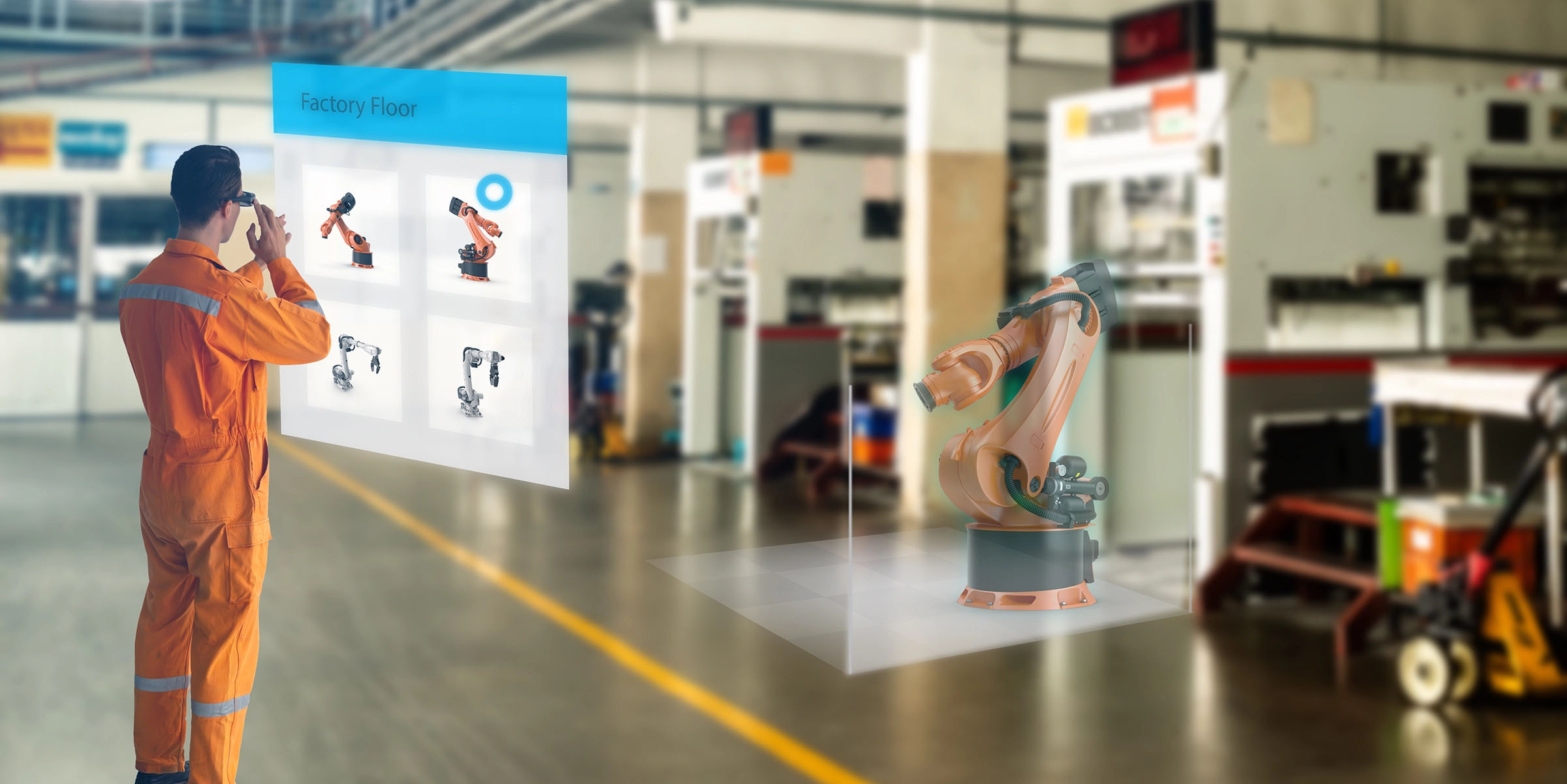Flexible Tools for System Integrators
Sealevel has worked with major OEMs and system integrators since our founder designed the first RS-422/485 communication adapter for the IBM PC in 1984. Our Serial I/O, Digital and Analog I/O, USB Hubs and Isolators, and Embedded Computing solutions are designed specifically to enable and expand computer connectivity and control.
Sealevel partners with OEMs and system integrators to meet their specific application needs through our standard product line and custom design and manufacturing capabilities. Our in-house Engineering department includes hardware, software, mechanical, layout, compliance, and test engineering teams. Our hardware design engineers specialize in complex computing and I/O design, excelling in SWaP optimization and functional density applications.
Robust I/O Solutions
Sealevel offers digital and analog I/O products and data acquisition devices with optically isolated inputs, Reed and Form C relay outputs, TTL interfaces to solid-state relays, and A/D and D/A functionality. Our I/O solutions support configurations from a few inputs to a distributed test and measurement network.
Digital & Analog I/O
Sealevel synchronous and serial and asynchronous serial adapters are trusted anywhere reliable, high-speed communications are required – defense, manufacturing, automation, and broadcast communications. Solutions are available in traditional bus-based form factors or in easy-to-use USB and Ethernet protocols.
Embedded Computing
Designed for I/O-intensive applications, our embedded and industrial computers, touch panel PCs and COM Express solutions offer unmatched computing power combined with the flexibility and configurability required for broadcast communications, requiring no fans or other rotating parts.
Sealevel Expertise
Sealevel’s engineering team is uniquely qualified to design manufacturing systems equipped for high-shock and vibration applications with variable conditions that often require NEMA and/or hazardous area ratings. We have successfully leveraged our extensive COM Express and I/O experience to deliver rugged, voltage-tolerant computing and automation systems to support a wide variety of industries.
Robust I/O Solutions
Sealevel offers digital and analog I/O products and data acquisition devices with optically isolated inputs, Reed and Form C relay outputs, TTL interfaces to solid-state relays, and A/D and D/A functionality. Our I/O solutions support configurations from a few inputs to process and quality control of entire manufacturing facilities.
Serial I/O Solutions
Sealevel synchronous serial and asynchronous serial adapters are trusted for industrial applications as well as military deployments where reliable, high-speed communications are required - especially in process and quality control in manufacturing facilities. Solutions are available in traditional bus-based form factors or easy-to-use USB and Ethernet protocols.
Embedded Computing
Designed for I/O-intensive applications, our manufacturing and automation computers, touch panel PCxs and COM Express solutions offer unmatched computing power combined with the flexibility and configurability required for manufacturing applications, requiring no fans or other rotating parts.
In House Manufacturing
All product design and assembly takes place at our ISO 9001:2015 registered manufacturing facility, located in the United States of America. All board-level assembly and testing take place at Sealevel using our state-of-the-art Surface Mount Technology (SMT) line. All products are visually screened using Automated Optical Inspection (AOI) and 100% of the functionality is tested before shipment.
Talk to Our Solutions Engineers
We are proud to work with the most talented engineers from around the world to solve difficult problems in diverse environments. No matter your application requirements, Sealevel can provide a solution that perfectly fits your needs.




